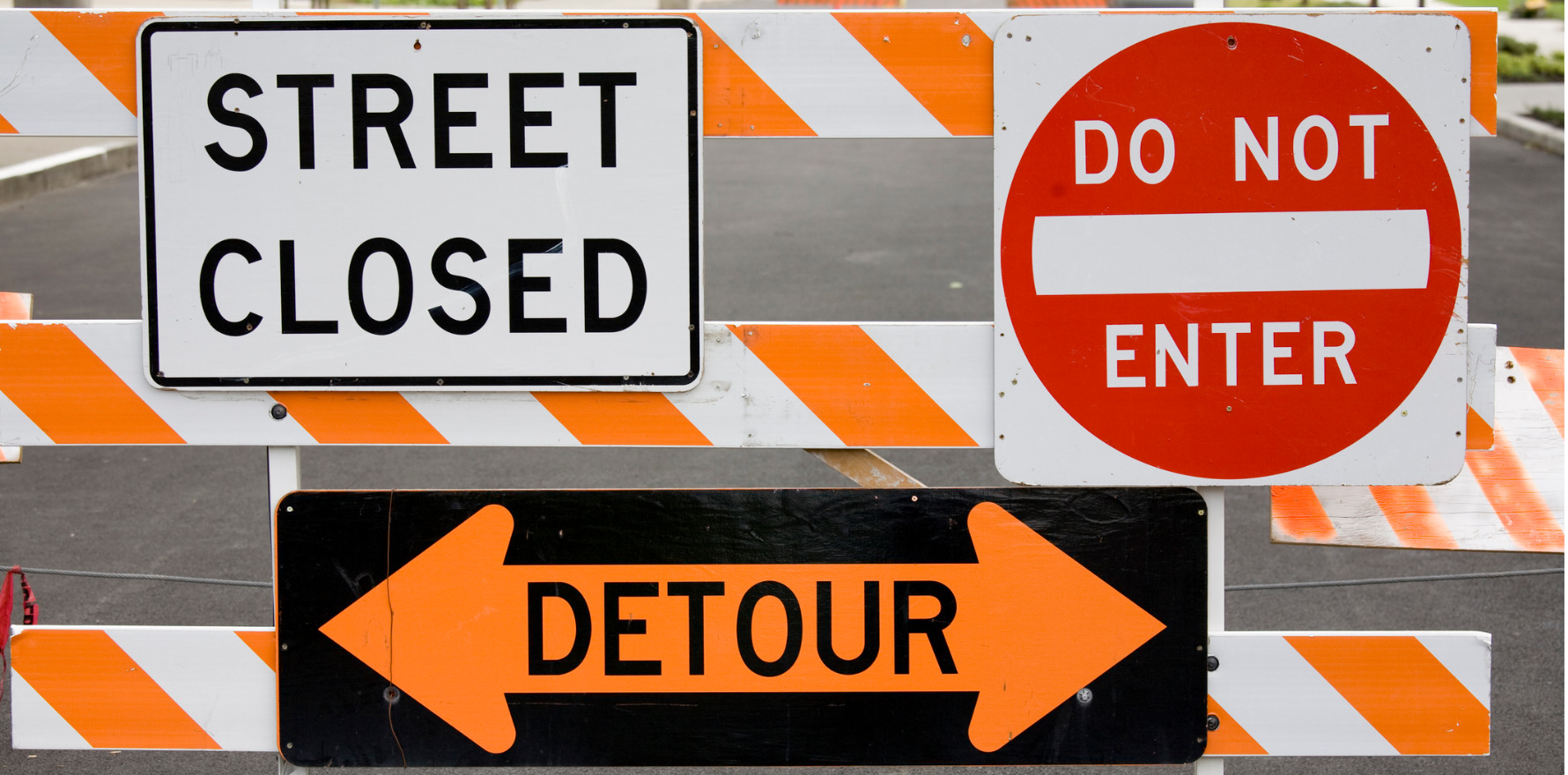Many GPs already have long waiting lists and a meagre supply to address them.
The much-lauded shingles vaccine Shingrix officially replaces Zostavax on the National Immunisation Program schedule this week, but the rollout hit a roadblock before it even started.
GPs started ordering supplies of the vaccine last week but have been struggling to get enough stock to meet demand.
Distribution of the vaccine is being managed by state and territory health departments, with supply coming from the federal government.
Rheumatology Republic understands some GPs have received just a handful of vaccines, while others have received 50.
Adelaide GP and Immunisation Coalition chair Dr Rod Pearce said the lack of access was a major frustration for GPs because they were left to decided which patients would get the vaccine and who would have to wait.
The two-dose course of Shingrix is now available free of charge for people aged 65 years and older and First Nations people aged 50 years and older.
It is also free for immunocompromised people aged 18 years and older who have had a haematopoietic stem cell transplant, solid organ transplant, and who have haematological malignancy and advanced or untreated HIV.
However, at this stage it doesn’t include immunocompromise due to certain immunosuppressants used in rheumatology, such as anti-TNF inhibitors, JAK inhibitors, rituximab, abatacept, high dose steroids and mycophenolate.
Nor will everyone who does meet immunocompromise criteria be immediately eligible. People who have received a free Zostavax shingles vaccine under the NIP are not eligible for a free Shingrix vaccine for at least five years, however those who purchased Zostavax vaccine privately can receive Shingrix free under the program if they are eligible.
The NIP recommends people wait at least 12 months between receiving Zostavax and getting the Shingrix vaccine.
Unlike Zostavax, Shingrix does not contain any live virus so it can be given to people aged 18 years and over who are immunocompromised.
Dr Pearce said his practice put in an order for 100 vaccines and received 50 this week to cater for the 2000 patients who are eligible. His practice has already set up a waiting list.
He said there had been no direction from the health department on how often orders can be placed and successfully processed.
“It’s a very frustrating part of this rollout but it’s also inherently built into the way Australia rolls out vaccines,” he said.
He said the system of the federal government accessing the supply and then distributing it to the states was a “weakness in the Australian system”.
“The Immunisation Coalition has been having round-table meetings [with the federal government] to try and talk about evening out the flow of vaccines, particularly with flu, because it happens every year,” Dr Pearce said.
“We’ve seen with covid the federal government can distribute vaccines directly, so we urge governments to get together and say, ‘If you’re going to have a program then iron out some of the bumps because the bureaucracy is creating barriers rather than sensible, thought-through programs’.”
A spokesperson for DoHAC told RR there was “no shortage of the vaccine”, and that while the Australian Government was responsible for the management and implementation of the NIP, the supply and distribution of vaccines under this program was done in conjunction with states and territories.
“Distribution to local providers such as GPs and pharmacies is arranged by the individual states or territories to ensure local supply is managed appropriately,” he said.
“The Australian Government has not restricted ordering for vaccines, nor has it asked the states or territories to restrict ordering.”
He said 1.6 million doses of Shingrix were expected to be distributed to providers between now and 30 June 2024, with 500,000 doses of vaccines to be with providers before the end of the year.
“Vaccine stock will be distributed to providers as it comes into the country,” he said.
“As this is an ongoing program, there is no urgency for members of the public to be vaccinated. Members of the public are encouraged to call ahead to check vaccine availability for all vaccines on the NIP.”
Shingrix is now available for the prevention of shingles and post-herpetic neuralgia – and is free for eligible people most at risk of complications.
Dr Pearce said the move was a great step forward for the NIP, but the equitable distribution left GPs in the position where they had to make the decisions about which patients to prioritise.
Launceston GP and fellow Immunisation Coalition board member Dr Leanne Jones agreed. She said that prioritising which patients should get the vaccine ahead of others was a challenge.
“We have a government that’s saying this is not urgent, so not everyone has to come [straight away], this is not like covid,” she told RR.
“But if you’re that person who gets shingles while you are waiting [for the vaccine], you’re going to think you were urgent aren’t you.”
Australian Institute of Health and Welfare figures show that one in three people will develop shingles in their lifetime, and 20% of those will suffer severe nerve pain which can become permanent.
The Department of Health and Aged Care (DoHAC) has this week released a health professionals’ toolkit for shingles vaccination.
This outlines the changes to the NIP shingles vaccine and gives a detailed list of who is eligible for the free vaccine. It also addresses Shingrix supply and offers scripts for GPs and other health services providers on how to communicate with patients when supply runs out.




